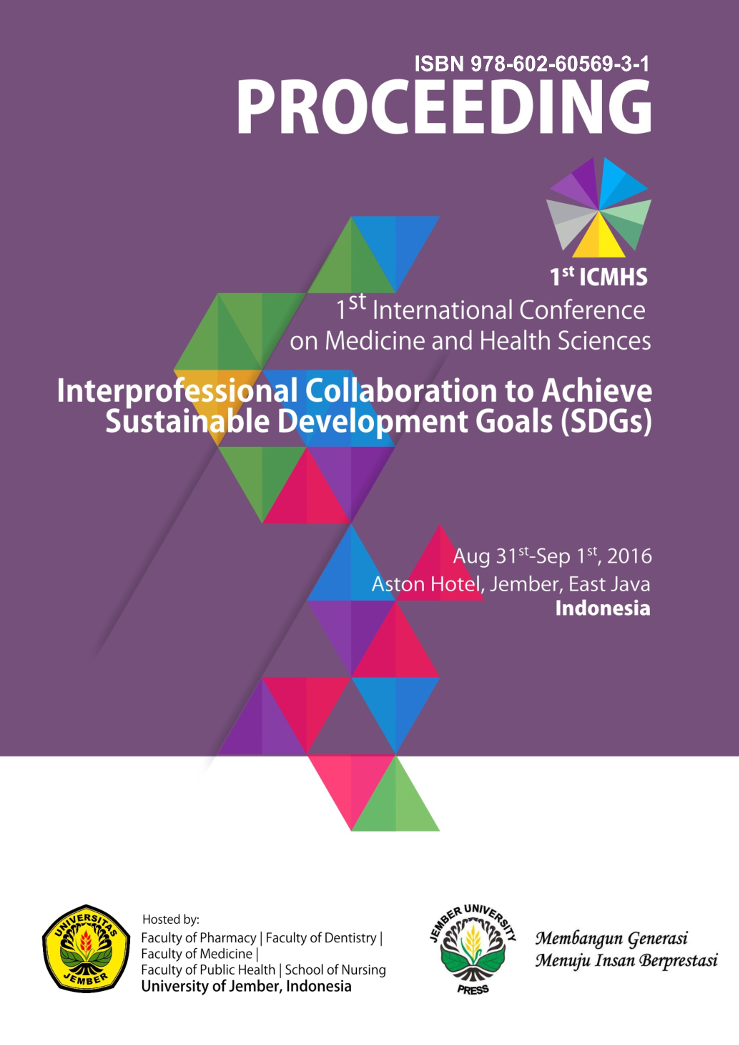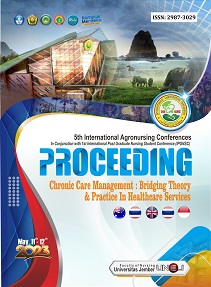CORRELATION OF CD4 WITH TOTAL LYMPHOCYTE COUNTS IN HIV PATIENTS
Abstract
Worldwide estimates of people living with HumanImmunodeficiency Virus was approximately 32
million in 2007 with thousands of people getting
infected every day therapy (Obirikorang et.al,
2012). Globally, 34 million people were living with
human immunodeficiency virus (HIV) at the end of
2011 (Chen et.al, 2013). Most people living with
HIV are from developing countries with less than
5% receiving antiretroviral therapy (Obirikorang
et.al, 2012).
A CD4 count is a laboratory test that measures the
number of CD4 T lymphocytes (CD4 cells) in a
sample of blood. In HIV patients, it is the most
important laboratory indicator of how well the
immune system is working and the strongest
predictor of HIV progression. Once a person is
infected with HIV, the virus begins to attack and
destroy the CD4 cells of the person’s immune
system. HIV uses the CD4 cells to multiply and
spread throughout the body. This is the HIV life
cycle.
The associated immune deficiency in human
immunodeficiency virus (HIV) patients leading to
infection by opportunistic pathogen is ascribed to
depletion of CD4. CD4 count can therefore be
regarded as the accurate measurement of the
robustness and functionality of the immune
capability to protect the body against general
infection. CD4 T lymphocyte cell depletion is one of
the hallmarks of progression of HIV infection and a
major indicator of the stage of the disease in HIV
infected individuals. World Health Organization
recommended that most treatment initiation
decisions be guided by CD4 measurement and
clinical staging.
AIDS is the stage of HIV infection that occurs when
the immune system is badly damaged and it is
become vulnerable to opportunistic infections.
When the number of your CD4 cells falls below 200
cells/mm3, these are considered to have
progressed to AIDS. (In a healthy immune system,
CD4 counts are between 500 and 1,600
cells/mm3.)
The initiation of antiretroviral therapy is based on
CD4 counts of less than 350 cells/mm3 according to
the World Health Organization (WHO) and Centre
for Disease Control (CDC). The determination of
CD4 count however in resource-limited localities is
difficult.
In April 2002, the World Health Organization
(WHO) suggested that total lymphocyte count
(TLC) could serve as a surrogate for CD4+cell count
because TLC is easily obtained from routine
complete blood cell counts by multiplying the
percentage of lymphocytes by the white-blood-cell
count (Chen et.al, 2013).Total lymphocyte count
(TLC) is a derived immunological marker calculated
from white blood cell count and relative
lymphocyte count. For instance, if a patient has a
total white blood cell count of 10.0 × 10⁹/L and
relative lymphocyte count of 30% obtained from
differential leukocyte count, total lymphocyte
count of such patient would be 3 × 10⁹/L.
The aim of this study was therefore to ascertain
existing relationships between CD4 count and TLC
and to further ascertain if TLC could be used as a
surrogate markerfor CD4 counts.
Published
2017-01-27
How to Cite
RIYANTI, Rini.
CORRELATION OF CD4 WITH TOTAL LYMPHOCYTE COUNTS IN HIV PATIENTS.
UNEJ e-Proceeding, [S.l.], p. 145-147, jan. 2017.
Available at: <https://jurnal.unej.ac.id/index.php/prosiding/article/view/3918>. Date accessed: 03 jan. 2025.
Section
General









